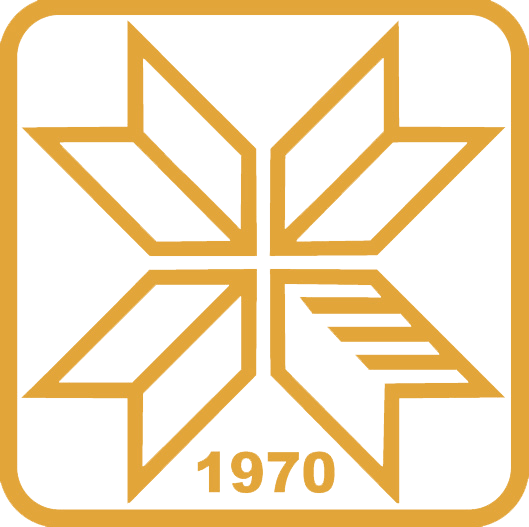Determination of glass transition temperature and irradiation resistance of elastomeric materials based on chlorinated natural rubber
Datum postavljanja dokumenta
2018-06-18Autori
Budinski-Simendić, Jaroslava
Marinović-Cincović, Milena
Kojić, Dejan
Marković, Gordana
Pavličević, Jelena
Aroguz, Ayse
Samaržija-Jovanović, Suzana
Metapodaci
Prikaz svih podataka o dokumentuApstrakt
Synthetic rubbers have different surface structures but benefit from chlorination. In many cases their tensile strength and extensibility is lower than natural rubber and for that reason more easily mechanically damaged. Chlorination reduces the coefficient of surface friction and handling characteristics. Residual free sulfur bloom during long-term storage of elastomeric products can also be diminished. Chlorinated natural rubber (CNR) as network precursor for elastomeric materials finds application in paints, paper coatings, printing inks, adhesives, and textile finishes. An alternative way to reduce surface tackiness of powder-free latex NR medical gloves is the chlorination of the gripping side or the use of coating which may be silicone polymer, hydrogel, polymer blend or acrylic polyurethanes. Chlorination affects some of the beneficial characteristics of rubber latex, but also eliminates soluble proteins that promote allergic reactions. Chlorinated rubber has been used for restoring and excellent protecting plaster, concrete, and pool surfaces. It is a good choice for recoating previously painted surfaces. Focus of our work was to prepare elastomeric materials based on CNR and its blends with different content of chlorosulfonated polyethylene (CSM) filled with 50 phr of recycled elastomer powder (REP). The glass transition (Tg) represents the temperature above which a polymer changes from a stiff glass into a viscous fluid or a rubbery material and was evaluated using dynamic-mechanical spectroscopy. It was estimated that that the polar groups at network precursors influenced the shift of the Tg values. The effect of irradiation dose on retained hardness and tensile strength of CNR/CSM/REP elastomeric composites was determined.
M kategorija
M34openAccess
M34
openAccess
